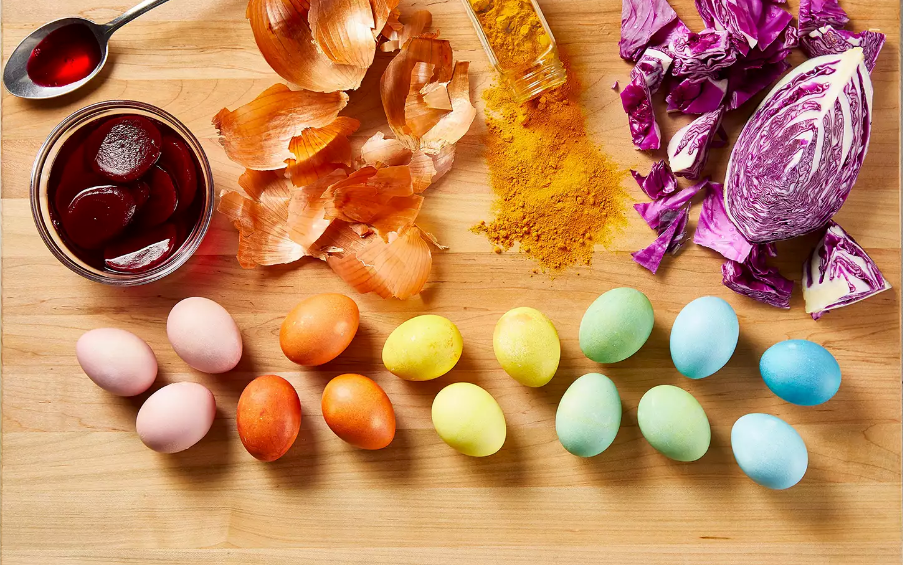Plant selection and fertilization for fall food plots
Published 4:39 pm Friday, September 23, 2016
By Ty Torrance
What are you trying to attract? What equipment do you have? Is the food plot accessible for your equipment?
These are just a couple of questions that you need to ask yourself when planting food plots. Of course, most food plots are for the purpose of attracting deer. For deer, the old standard is a small grain like oats, rye, or wheat.
Another option would be some sort of legume, like winter peas or an annual or perennial clover. Winter peas are somewhat useful in attracting deer, but may be more beneficial as a way to build poor soil for later food plot uses. The clovers are an excellent source of protein and provide really good forage after establishment. On good sites, perennial varieties like ladino clover can persist for up to 3 years. So, when you consider clovers don’t discount them just because of the high priced seed. Keep in mind, if started correctly clover will last multiple seasons. Established clover plots can also be overseeded with a small grain to add a little extra to the food plot.
Clovers and other legumes fix nitrogen from the soil and need no additional nitrogen fertilizer if inoculated. They do, however, require a soil with good phosphorous and even better potash soil test levels. pH is critical for both legumes and small grains. A pH of 5.5-6.0 will be alright. However, a pH of 6.5 should be the goal. For small grains in food plots, nitrogen rates of 50-100 pounds should be sufficient. Half of the nitrogen should be applied at planting and the other half can be applied at the end of the season. This will increase grain yields giving turkeys and other birds and animals something to munch on in the spring and early summer. At planting, you should put out all of the recommended phosphorus and most of the recommended potassium. Do not over fertilize clover and small grain mixtures with nitrogen. This will cause the small grains to out compete and shade the clover.
One last thing on fertilization. Most of you know this, but it doesn’t hurt to be reminded from time to time. If the recommendation calls for 50 lb. of nitrogen per acre it would take 500 lb. of 10-10-10. This same rate could be achieved with a little less than 150 lb. of 34-0-0. Remember that the numbers in the fertilizer analysis are percentages of the total weight. A 50 lb. bag of 13-13-13 has 6.5 lbs. of nitrogen, phosphorous and potassium. Please call if you have any questions.




